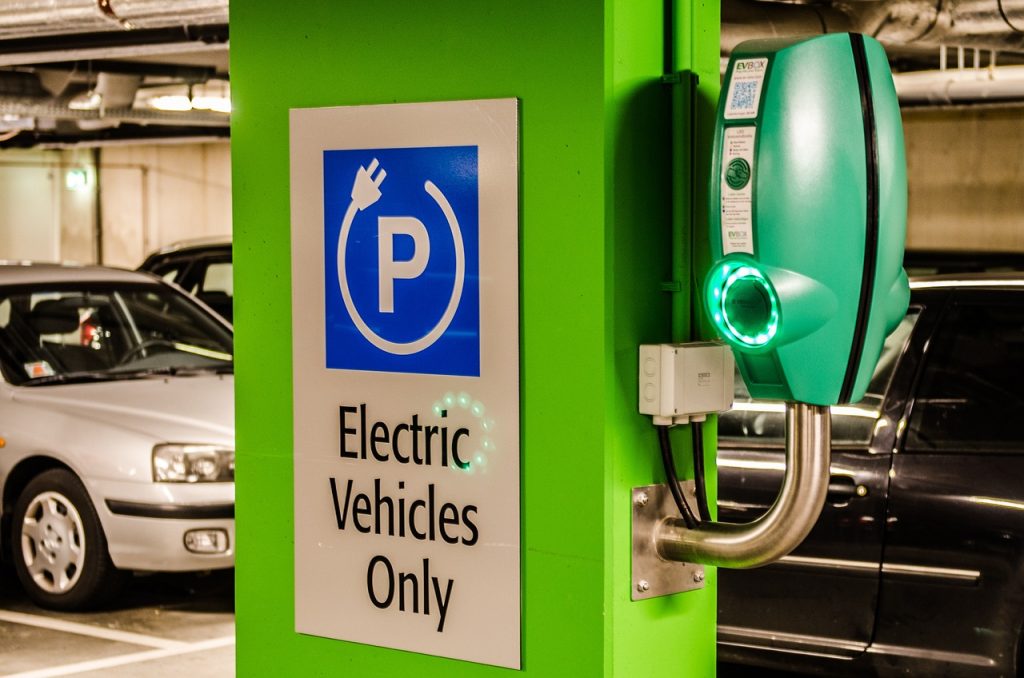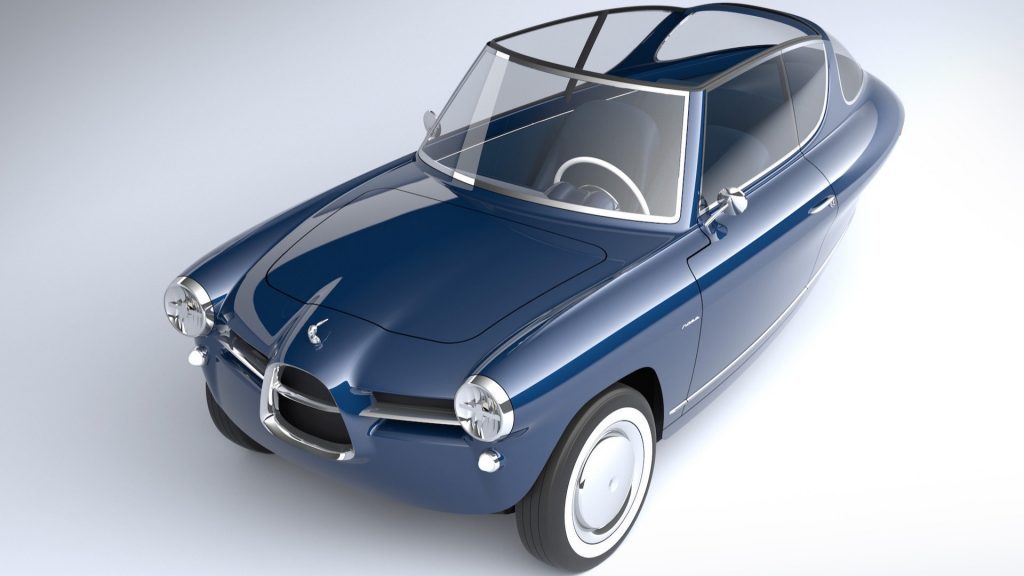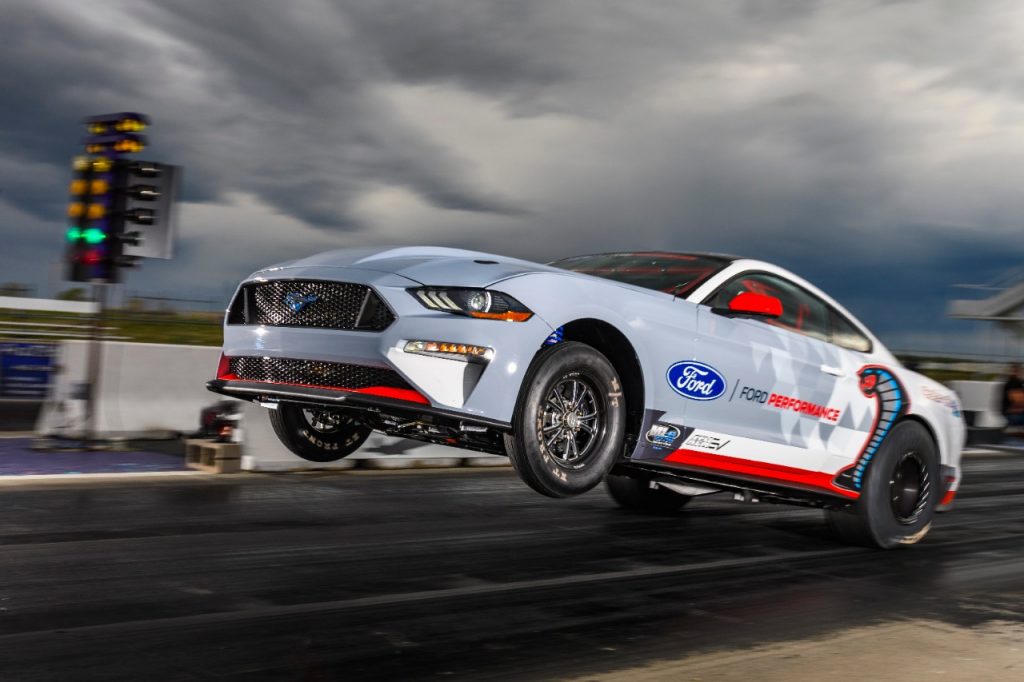
GUEST POST from Dennis Stauffer
In his acclaimed book the The Diffusion of Innovations—the most-cited work in all the social sciences—Everett Rogers explained how innovations frequently meet resistance. Resistance that isn’t always rational. How all-too-often we’re willing to accept the status quo despite its flaws and reject new options despite their benefits.
We’re seeing exactly this phenomenon with electric vehicles. Demand from what Rogers identified as the early adopters—wealthy buyers who can pay a premium for the newest technology—has largely been met. The challenge now is to reach a broader market of buyers with more practical concerns about cost, range, reliability, and safety. News articles and commentary are popping up noting those concerns and expressing doubts about just how useful electric cars really are. The lack of charging stations, the environmental impact of mining lithium, the danger of battery fires, and potential strains to the electrical grid. There are some legitimate concerns, but how much of that skepticism is grounded in the reality of electrification and how much is good old-fashioned resistance to change?
To answer that question, let’s turn the tables. What if electric cars came first, and we’re trying to introduce internal combustion engines? Here are some predictable—and quite similar—objections.
- How can we possibly build all the gas stations we’re going to need, and should we? (If electrification is the entrenched technology, we’d have plenty of charging stations everywhere.)
- Do you really want trucks carrying 10,000 gallons of highly explosive gasoline driving down the highway next to you? Accidents happen! Do you want 20 gallons of it parked in your garage, waiting for just one spark to set it off—taking your house with it?
- You can charge your electric car at home while you sleep, or at a charging station while at work. You can’t do that with a gasoline engine. You must go somewhere to buy gas, take time to get there, and then stand next to a hose pumping one of the most flammable liquids we know of.
- We’re going to need a lot of that gasoline. Where will we find it, and at what environmental cost? Are we going to start drilling everywhere? Even in the ocean, the arctic, and in fragile ecosystems? Are we going to have massive tankers crisscrossing the oceans? What if there’s a leak or a spill?
- How are we going to build all the refining capacity we’ll need to process and transport all that gas? That’s a massive investment. Who’s going to pay for it?
- What if we need to get that gas from countries that don’t like us? Will they refuse to sell to us or charge exorbitant prices? Will we make our enemies rich?
- Gasoline is more expensive per mile driven than electricity, and because it’s a commodity, its price fluctuates—sometimes a lot. You never know what you may have to pay.
- Gasoline engines are a lot more expensive than electric motors. They’re much more complex and since we’re building them in smaller numbers at first, carmakers don’t have the same economies of scale.
- Internal combustion engines are more complex to repair. How often will your car need to be fixed? Will your mechanic know how?
- What about air pollution? Just one internal combustion car emits 4.6 metric tons of carbon dioxide each year. Multiply that by all the cars on the road!
- Would you like a car that’s slower? The most powerful—and most expensive—internal combustion cars on the road have less torque than a typical electric vehicle. That means less acceleration when you need to pass someone.
Some of these concerns are a bit overblown — just like some of the concerns about electric cars. But others are entirely valid. Yet too often we shrug them off because we’ve already accepted those costs, inconveniences, and dangers.
What we’re seeing with electric cars is the same progression we saw with early automobiles, airplanes, hybrid crops, personal computers, and many other now widely popular innovations. We’ll get there, but not without some pushback.
Image Credit: Pixabay
![]() Sign up here to get Human-Centered Change & Innovation Weekly delivered to your inbox every week.
Sign up here to get Human-Centered Change & Innovation Weekly delivered to your inbox every week.



